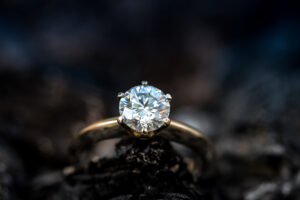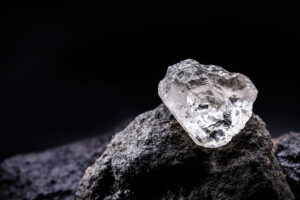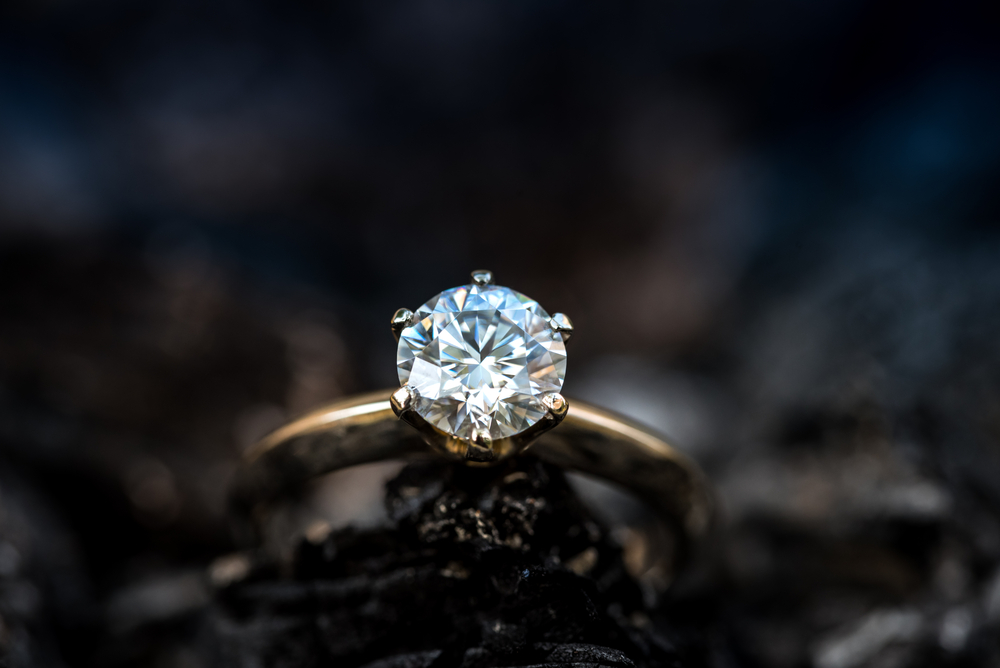
Lab-grown diamonds are becoming the popular choice for engagement rings among millennials. Even though there are several reasons why lab diamonds are generating hype, most people these days buy them because of the fact that they are cheaper than natural diamonds and also because they are conflict-free. One common question most people ask about lab-grown diamonds is whether they are similar to natural diamonds.
Lab-grown diamonds are produced by recreating the conditions necessary for the development of diamonds under the earth’s crust. That means diamonds created in a lab and diamonds created under the earth are identical in every way. Both of them have the same hardness level also. But that doesn’t mean that they are indestructible.
Here are some tips that can help you to prevent the chipping of lab-grown diamonds.
Check The Prongs
The prongs supporting the diamond in the setting are often bent or cracked, which is one of the most prevalent causes of diamond chipping. Your diamond will no longer be held firmly in its setting even if only one prong is destroyed. If you accidentally bang your ring, the section of the diamond where the prong is out of position is not guarded, and the stone can chip very easily.
Avoid Lab Diamond With Many Inclusions
Diamonds with a lot of inclusions aren’t everyone’s favorite because they’re not only ugly, but they’re also more susceptible to cracking and chipping. The weaker a diamond’s structure, the more internal faults it possesses and the larger they are. Generally, try to avoid lab diamonds with clarity grades of I2 or I3 on the GIA scale since inclusions in those diamonds can jeopardize their integrity.
Be Careful With tension Settings

Some settings are more dangerous than others for the diamonds that are mounted in them. The tension setting, for example, holds the stone in position by pressing the two ends of the ring against the sides of the stone. The main drawback of this mounting is that it puts pressure on the stone, and if you knock on your engagement ring, the stone may chip.
Secure Lab Diamonds That Have Thin Edges
Round brilliant diamonds that have narrow girdles are especially sensitive to chipping because their margins are so thin. If you own such a lab-grown diamond, make sure it is placed in a mounting that preserves the girdle. Similarly, some stones are more susceptible to chipping due to the shape in which they are cut.
